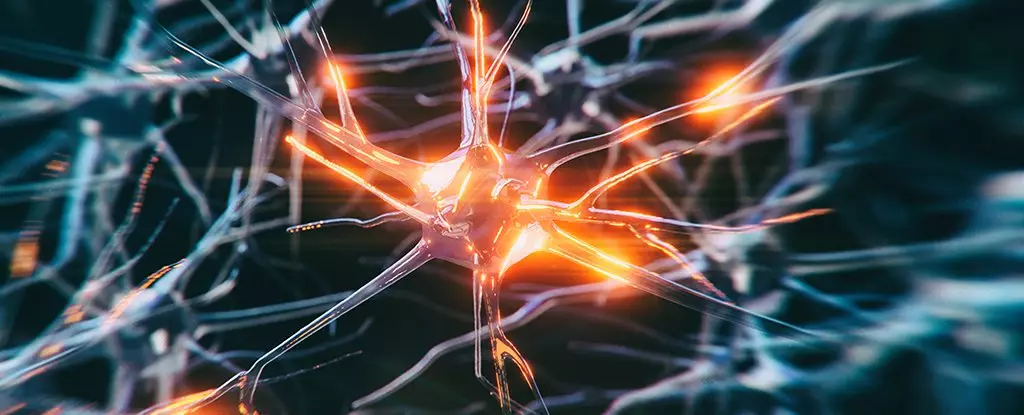A review of various studies involving nearly 600 individuals with Alzheimer’s disease has revealed that stimulating a key part of the brain using light can lead to improved sleep and psycho-behavioral symptoms. Researchers from China’s Weifang Medical University conducted a meta-analysis of 15 trials to examine the impact of light therapy, also known as photobiomodulation (PBM), on cognitive decline symptoms. The therapy showed promise in alleviating symptoms such as apathy, depression, agitation, and aggression. With minimal side effects observed, this non-drug treatment option could be a viable approach for individuals with Alzheimer’s disease.
Light therapy involves using light to stimulate the suprachiasmatic nucleus (SCN) of the brain, which regulates sleep and is also associated with aspects of Alzheimer’s disease. In this therapy, patients are exposed to bright light that mimics the Sun’s illumination, typically for around 30 minutes. The therapy aims to address the reduced exposure to natural light that many Alzheimer’s patients experience due to factors such as limited time spent outdoors, reduced light sensitivity, nerve damage, reduced social interaction, and age-related eye problems. Such reduced light exposure can disrupt circadian rhythms.
The meta-analysis included 15 randomized controlled trials conducted in various countries between 2005 and 2022. The majority of the 598 participants, aged between 60 to 85 years, had mild to moderate dementia. The study findings indicated that light therapy demonstrated positive effects on sleep efficiency, sleep quality, depressed mood, caregiver burden, and agitated behavior among individuals with Alzheimer’s disease. However, it is important to note that different technologies, wavelengths, and timings were used for light therapy interventions in these studies. Additionally, the included studies had small sample sizes, inconsistencies in patient populations, and variations in dementia types and severity. Some studies also exhibited unclear randomization, suggesting potential bias.
The authors emphasize the limitations surrounding current pharmacological treatments for Alzheimer’s disease, as they can only alleviate symptoms to a certain extent without halting or reversing the pathological process. Furthermore, these medications often come with side effects that reduce patient compliance. Therefore, exploring alternative methods to treat Alzheimer’s symptoms becomes crucial. Light therapy presents itself as a potential treatment option, but comprehensive research on its efficacy and safety is still lacking. Larger trials are needed to confirm the positive effects of light therapy and to ensure its safety for individuals with Alzheimer’s disease.
In light of the promising results observed in the meta-analysis, light therapy holds potential as a non-drug treatment option for individuals with Alzheimer’s disease. The therapy has shown positive impacts on sleep and psycho-behavioral symptoms, such as apathy, depression, agitation, and aggression. However, further research, including larger trials, is required to establish the efficacy and safety of light therapy more conclusively. If validated, light therapy could offer an alternative or complementary approach to traditional pharmacological treatments, enhancing the quality of life for individuals with Alzheimer’s and reducing the burden on caregivers.


Leave a Reply